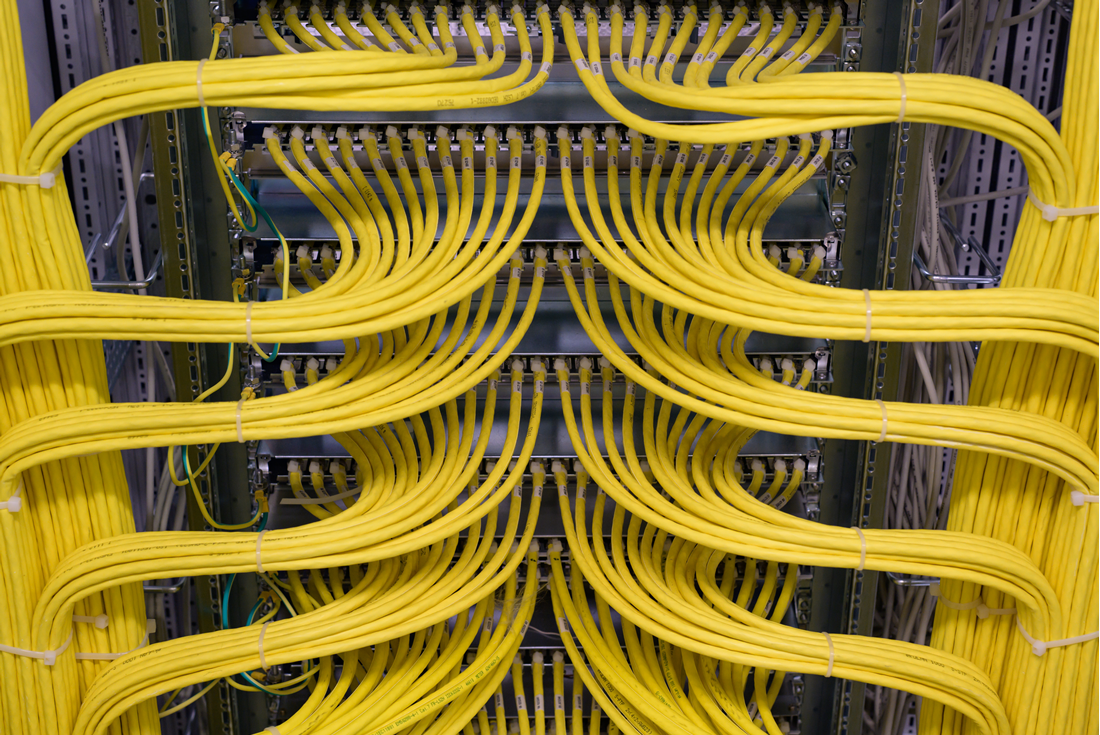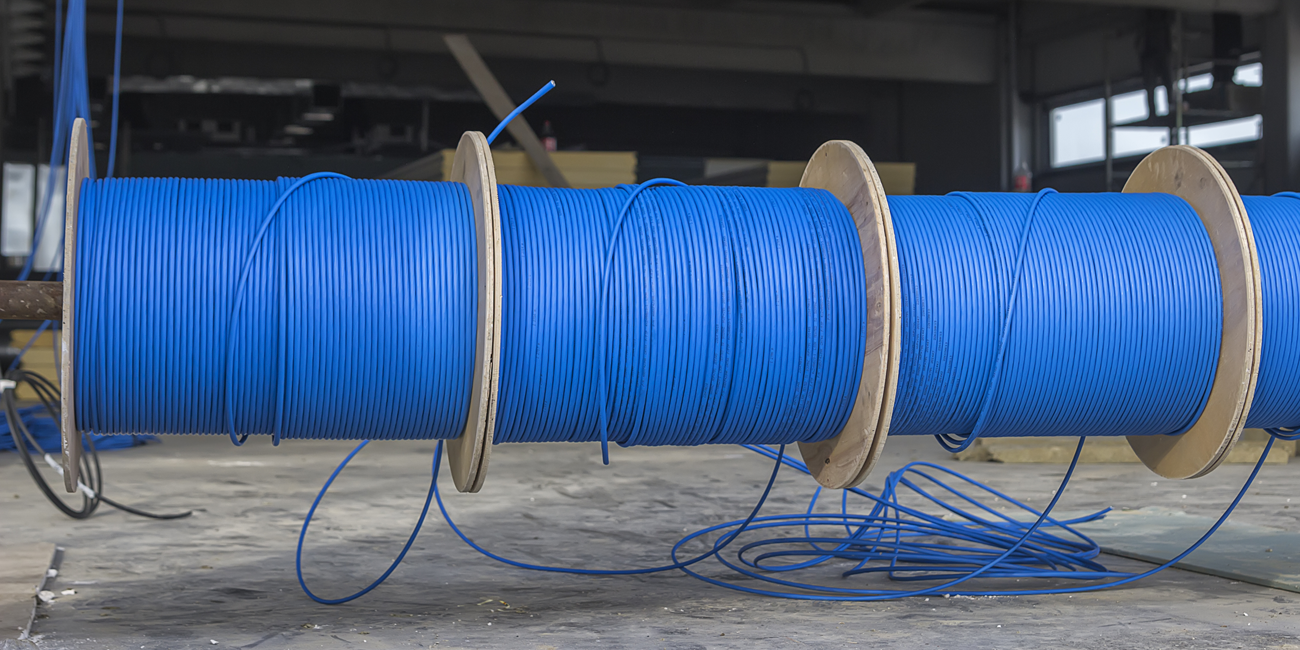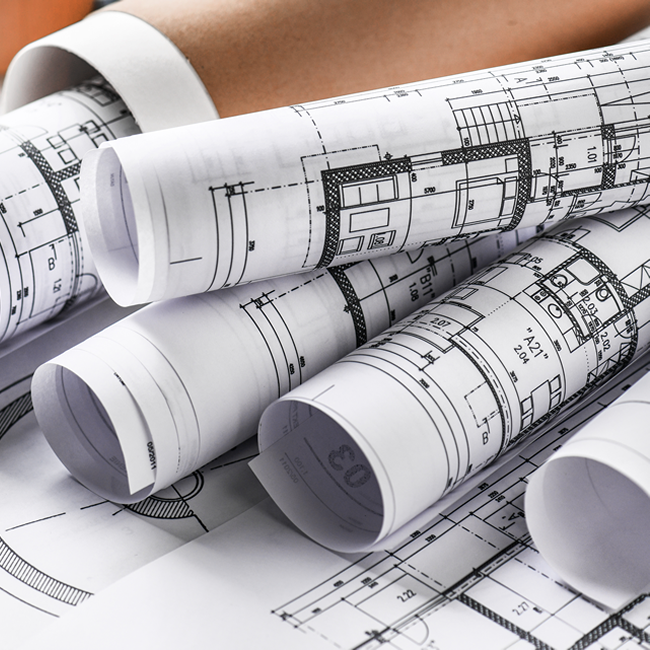
How to Plan a Cabling Installation
When it comes to planning a successful structured cabling installation there is plenty to consider from the offset. After all this system is likely to be in place for a long time and future moves and changes can often be difficult and costly.
The best starting point is to pull together as much information as possible, not just the obvious but also the often overlooked that we will cover in this post. Our best advice is to make time to speak with all departments outside of IT and identify their needs for the short, medium and long term. This helps build a core business case, rather than just around the technology and can quickly identify problems encountered in the past with previous installations.
More often that not Cat6 (rather than Cat5e) will be proposed to help future proof your existing bandwidth requirements.
These standards will be ideal for the network edge and for the majority of user connections, however the network core is likely to consist of Cat6a or Fibre to cater for core 10Gigabit or more speeds, creating the backbone and heartbeat of the network.
A big consideration is the type of cable that will need to be used (CPR rating) to ensure that it is acceptable for the building based on its design and proposed use. Cable containment will need to be carefully considered, for example is this to be installed under floor or within ceiling voids, ultimately where are all the cables going to terminate and which routes will they need to take to ensure distance performance limitations.
Most customers will have a clear idea of the number of voice and data ports that are required simply based on an employee/user head count. However, do ensure that you consider other IP services that will be required such as security cameras, workgroup printers, intercoms, HDMI extenders and wireless access points. These numbers can quickly increase so it’s of paramount importance that they are captured during the early design stage. Outlets are likely to be terminated as dual or quad modules either in floor boxes or trunking containment, either way the confirmed desk positions are going to be key. At this stage it is also advisable to check with the electrical contractor regarding the containment that they are proposing to ensure that there will be adequate space for the data cabling. If not it could be a good time to engage with the electrical contractor to have additional containment – trunking, basket trays and Unistrut installed by them to save time and money.
As well as engaging with the electrical contractor you also need to ensure that you get your core BT circuits ordered as soon as possible due to lead times and also identify and agree a location for termination. Ideally this should be in the IT room space or as close as possible, if this is unachievable additional fibre links or voice pairs may be required and being critical links possibly contained in their own metal copex. If older legacy equipment is required such as Coaxial, AV or Satellite connections then these are more than likely to fall in to the same installation remit and need to be considered in the overall project.
The biggest oversight that we see is when no cabling thought has been considered within the core IT room or Datacentre. It is highly likely that panel to panel links between racks will be required to ensure that Copper and Fibre links can be connected easily with short length patching between racks. How you are going to manage the final installation is just as important as the initial design, after all moves and changes are going to occur over time and having the flexibility to quickly implement is key.
Be sure to build a degree of cable management in to the design. Depending on the layout of the racks will mean horizontal cable managers are likely to be required, it is also best practice now to leave a 1U or 2U space between patch panels that are usually installed in to the top of racks. This allows for short length patching (panel to switch) to ensure a neat and tidy installation and this can also reduce the need for cable management, to free up valuable rack space.
Accepting a site survey early on in the process will most certainly create more questions than answers, but will allow the design to develop and evolve before a final decision is made. Always meet with the Project Manager beforehand and ensure that they can commit to working to what are often very tight timescales in the overall building fit out and ensure that any out of hours work is included in the quotation to avoid any nasty surprises.




Final testing and warranty will be part of the installed solution and the handover documentation should definitely include drawings, images, certifications and test results that you will find to be extremely useful at a later date.
This may not be an exhausted list, but should be a good starting point to help you identify considerations and processes involved in the successful planning and installation of a structured cabling solution.




Post a comment
You must be logged in to post a comment.